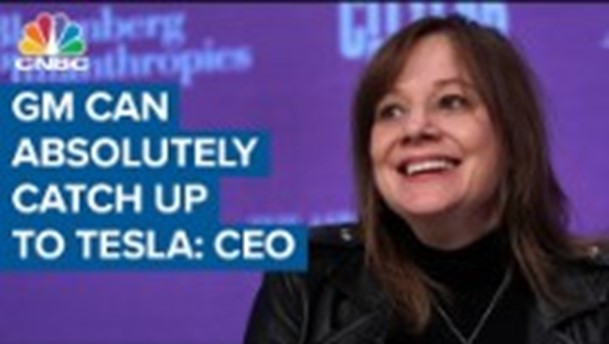Leaders model the way of leadership for others. Those who exhibit a high EQ—emotional quotient—typically are better communicators. They speak and behave in ways that show that they truly want those hearing their message to understand it and feel included.
EQ is the measurement of Emotional Intelligence (whereas IQ is a measure for general intellect). People high in EQ are exceptional at being aware of emotions—theirs and others. They also have a keen ability to manage their own emotions and influence the emotional state of others.
There are several highly visible leaders who come to mind for their EQ. And all are excellent communicators. They are clear, calm, and compelling. I’ll briefly address three in this post: Satya Nadella, Sindar Pichai, and Mary Barra.
Three EQ and Clarity role models
One such leader is Satya Nadella, CEO of Microsoft, who I speak of often due his success in pivoting Microsoft from a culture of competitiveness to a culture of collaboration.
Another is Sundar Pichai, CEO of Google, who recently shared with analysts his plan to increase productivity, and asked his employees the following three questions:
-
- What would help you work with greater clarity and efficiency to serve our users and customers?
- Where should we remove speed bumps to get better results faster?
- How do we eliminate waste and stay entrepreneurial and focused as we grow?
His questions convey that he is open to, and respectful of, others’ views. Productivity, yes. But not as robots; as people doing their best, together.
Mary Barra, CEO of GM, is also a leader to pay attention to when seeking models of EQ and clarity. I recently watched this video from Oct 2021 and was impressed with her smart combination of calm and enthusiasm, all while getting to her point directly after each of the interviewer’s questions.
At the start she’s facing a graph that shows a dismal performance for GM. She got to her point quickly after the interviewer questions this, stating “I think the complexities of the semiconductors is not really something people understand until…” and repeats this main point near the end of her answer at 0:56.
Then, beginning near 2:45 the interviewer is asking a question with a “how can you possibly…” tone, about GM and EVs (electric vehicles), and she responds, “It’s very important and I couldn’t be more excited…”
And finally, at 4:02 the interviewer is again in disbelief that GM can catch Tesla’s market share, even putting up an image of current market shares with Tesla far in the lead. Barra’s response, “Absolutely….”
Why model these leaders?
Why would you want EQ and clarity? Simple:
Your message won’t land in the way you intended it to be received if you fail to exhibit emotional intelligence or if you are not clear with your message. You’ll be ineffective.
Effective communication strengthens alignment and keeps momentum. The flow, together, avoids stalls, stucks, and stops—and at minimum ensures everyone gets through a block quickly, without a major urgency or push.

